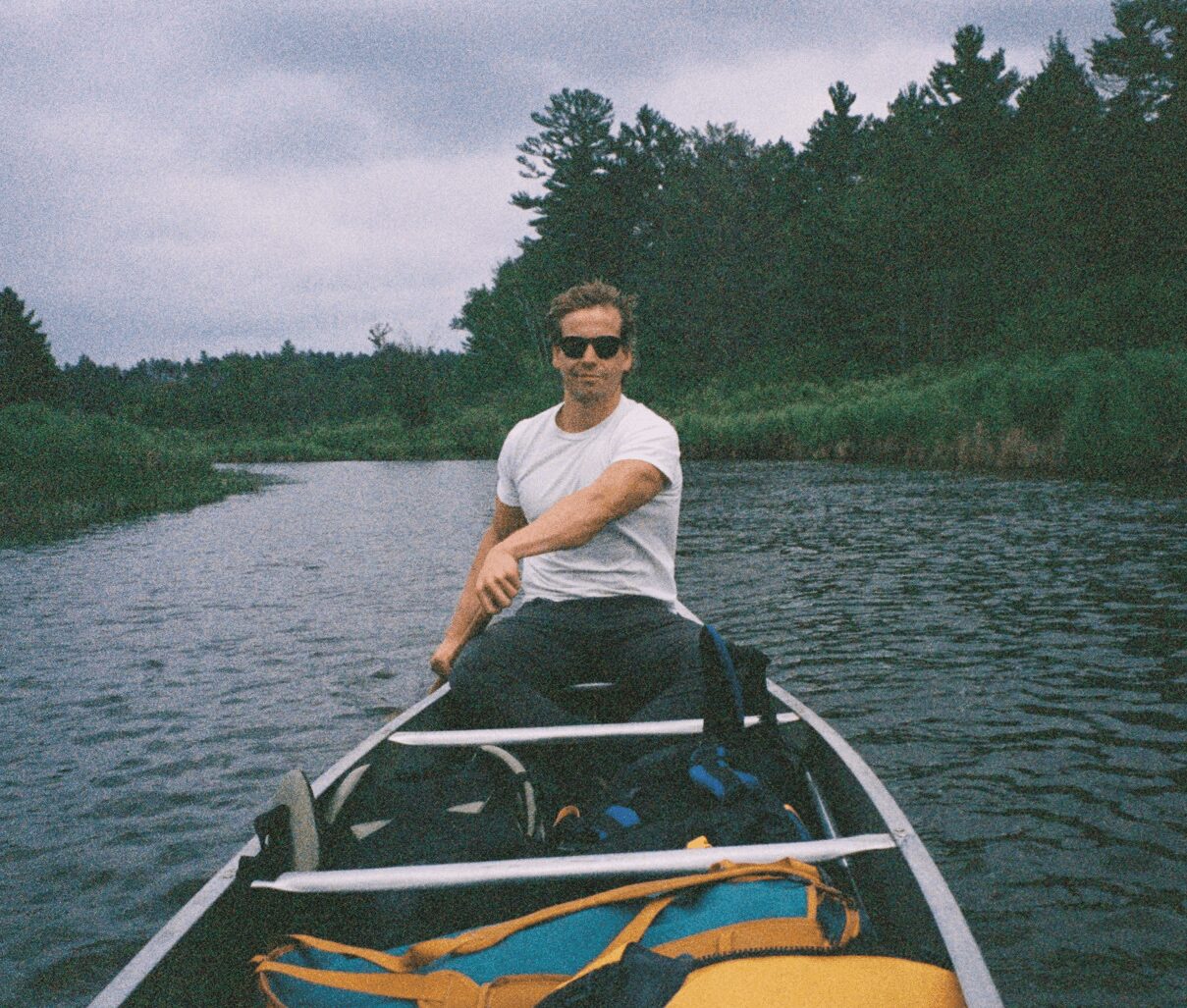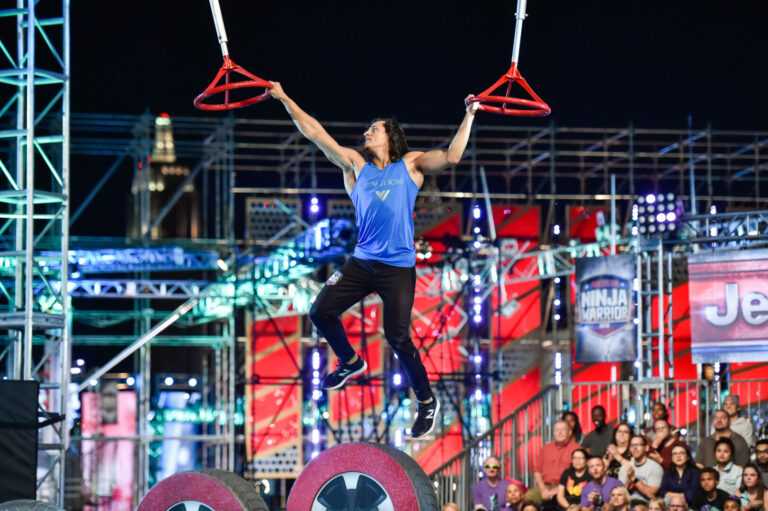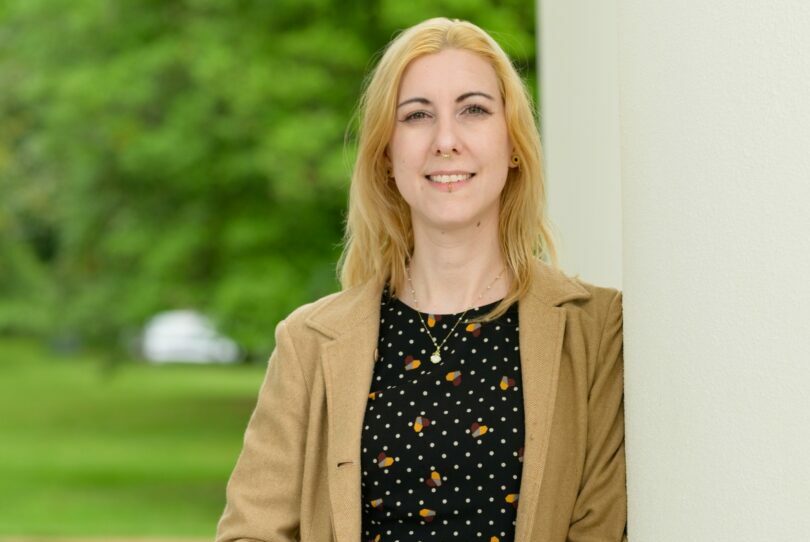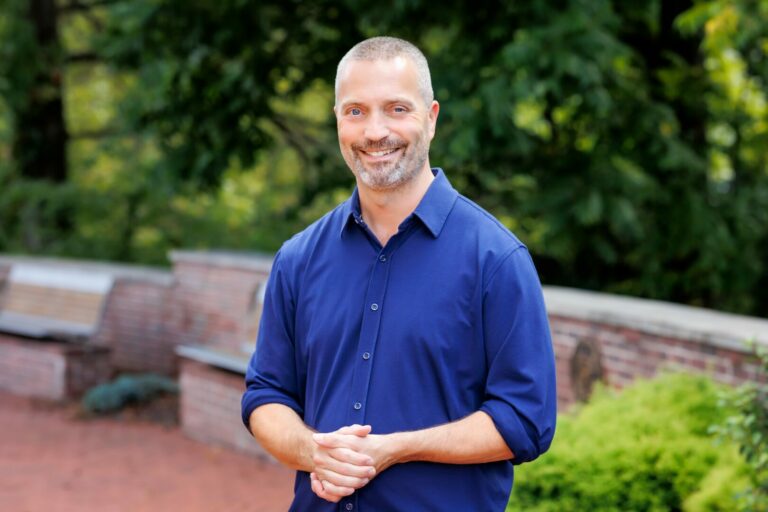Leo Purman shared their story and experiences with us recently and you can find our conversation below.
Leo , it’s always a pleasure to learn from you and your journey. Let’s start with a bit of a warmup: What do the first 90 minutes of your day look like?
The morning is a valuable time to me, and also aesthetically beautiful. In some ways each day has its own life, and in the morning is the early years of that life. Sometimes working in foreign time zones can derail the sanctity of this time frame a bit, but for the most part I try to keep away from my phone or any screen really when initially waking up. I will keep the lights off, or dim if it is still dark out. Brush my teeth, and then do this kinda cooky thing that I call 3M every morning. I’ll set a timer for 30mins, usually with music, or bells, sometimes just the surrounding noise if I’m far from a city or highway. And for 30 minutes I’ll do kind of whatever my body wants, some yoga moves, a lot of balancing and breathing. The only thing that is really consistent is doing it for long enough to let my mind get calm, even if for only a minute or two within the 30 minute window. If weather allows I’ll do it outside, and interacting with the sun and my own shadow is often a highlight of the ritual for me. Then if I am really doing a good job I’ll head to my computer and journal for a few minutes before I cave and check messages, email, news, instagram, yadi yada. I’ve done this for just over two years now, and every morning when I finish 3M, I am always so glad I partook in it. Morning Movement Meditation is where the name comes from. I can share the playlist I usually listen to with you guys if you’d like. It’s a lot of classical, film scores, and piano.
Can you briefly introduce yourself and share what makes you or your brand unique?
Hello! My name is Leo Purman. I like making images almost as much as I like cooking. I work predominantly as a cinematographer, but my friends and family see my creative side often in the kitchen. Whether on a film set, churning ice cream, or curating a playlist for a party, I love getting an opportunity to make something that can then be shared. As a cinematographer I’m drawn to stories about intimacy, connection in the face of adversity, and how relationships interact with time. I enjoy learning. I am honest about making mistakes. And I believe friendship comes first in collaboration. I am comfortable in places I have never been, working with folks for the first time, and making movies in remote/unusual conditions. I like having fun on set, and I really like what I do.
Amazing, so let’s take a moment to go back in time. Who taught you the most about work?
I started to get really exhilarated by photography in high school. I would spend my weekends dropping toy cars into fish tanks, trying different lighting techniques on portraits of friends, and exploring every inch of Milwaukee Wisconsin with a camera. In this time it became more than a hobby. I’m not sure if I was inspired to take pictures, or if the resulting images were motivating me to create them. I’d create a fake pair of wooden legs to hold up a pair of jeans in the woods, and then lie in the snow for an hour trying to find the right composition to support my torsoless portrait. I was hooked. And in many ways the encouragement came from my family, from the website Flickr, but hugely from my high school art teacher Patricia Leeson. She was the first person aside from a family member who saw something in the goofy, often abstract photos I was taking. She let me stay after school to use printers, she’d critique my developing style, and she encouraged me to share my photos. We entered into regional and national competitions, leading to accolades that provided me a moment of recognition at a pretty young age. From these competitions I got scholarships, and ultimately went to NYU, a school I never imagined being able to attend at the beginning of high school. She helped me believe in me. She showed me that my aesthetics were valid, my interests important, and once more that they were worth sharing. And when others came back affirming her encouragement, I had a whole new element to my practice of looking at things, finding a moment, and creating that odd thing between the past and the present, an image.
If you could say one kind thing to your younger self, what would it be?
There are a myriad of things my goodness, and I’m not sure my younger self would have even listened to an older version of me haha. Fortunately I don’t have too many regrets, but a lot of the time in my early years developing as a photographer, gaffer, and ultimately a cinematographer I thought I had it all figured out. But as I develop as an image maker I learn more and more that I don’t know, and this is the root of my fascination in visual storytelling. A practice of asking questions with the camera, learning from light, and creating through a collective. I’m drawn to cinematography because it is a mystery to me. It’s an art form that I am thinking about constantly, researching, working with, watching all the time, and yet so often I am completely baffled by it. Making images has been a passion of mine for decades now, and still, I have moments where cinematography makes me feel like a fool. Lost in how did they do that, or why did it work, spell bound in an emotion that was given to me through a craft that I think I know. So I think if I could go back and talk to that guy in his lighting equipment rental company in the bottom of a Brooklyn apartment building, I’d tell him it’s okay to not know. I’d try to remind him that cinematography is a creative practice, and the act of creating requires mistake making. Sometimes those slip ups and the unexpected allow for another element of creativity. Too often my own frustration would prevent me from seeing the opportunity that comes from a mistake. Perhaps a longer conversation for another time, but sometimes I wonder if mistakes are the foundations of creativity, the building blocks of ideas. Without them I’m not sure where I’d be, and I didn’t embrace them in a healthy way for a long time. I do to a degree now, but I still think I can get better at this.
So a lot of these questions go deep, but if you are open to it, we’ve got a few more questions that we’d love to get your take on. Whose ideas do you rely on most that aren’t your own?
As a cinematographer I get to work with a lot of collaborating partners, and often glean insight and advice from them. But the people I frequently learn the most from are directors. In prep I get to see movies, paintings, and books I never would be exposed to without their influence. I get to broaden my ideas about storytelling as we discuss and discover the visual language of the film at hand. And on set, I get to see a story through their eyes as we find frames together, adapting and enhancing the plan we created in prep. A relationship with a director is inherently one of leadership, but in many ways it is a friendship. I am lucky to have worked with so many talented directors, and I hope I can continue to learn, grow, and explore in future collaborations.
Before we go, we’d love to hear your thoughts on some longer-run, legacy type questions. What is the story you hope people tell about you when you’re gone?
In many ways I hope my story is told through food! I’d like people to cook the recipes that I make after I am gone. I’d love to be able to leave a legacy through flavor, and bringing people together around a table to share in something tasty. Funny too how images and movies in many ways are attempts to make the fleeting permanent. I’d love it if some of the films I work on continue to entertain generations after me, motivating them the same way so many old movies influenced me in my younger years. But most of all I want my narrative to be about the time I got to spend with my family. The dozens of canoeing and backpacking trips I go on with my parents and brother. All the silly baked goods I make for my wife on her birthday every year. And hopefully for the memories yet to come with family members not yet here. I am so lucky to have a loving family in my life, and I hope future generations see just how much I appreciate them.
Contact Info:
- Website: https://www.leopurman.com
- Instagram: https://www.instagram.com/leopurman/
- Youtube: https://www.youtube.com/channel/UC61m5VaJhqt82jOlgs8Za2A/videos?app=desktop&fbclid=PAZXh0bgNhZW0CMTEAAacaeNXVEhPVuU6hQUf6GrJ_JfKG4Tj9PBpT_pMfpQbyWxtO2IyfiNYIQNO7lQ_aem_BFsg_s6CSsuVTAN9cgxoRg
- Other: Old Website / More Photo Focused – www.leo-purman.com

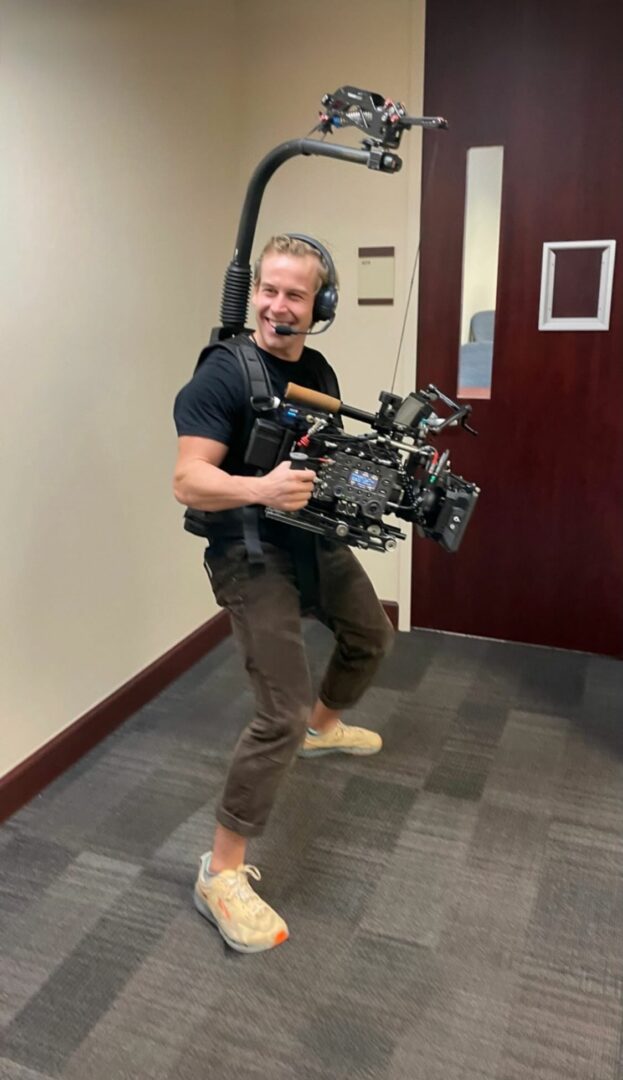
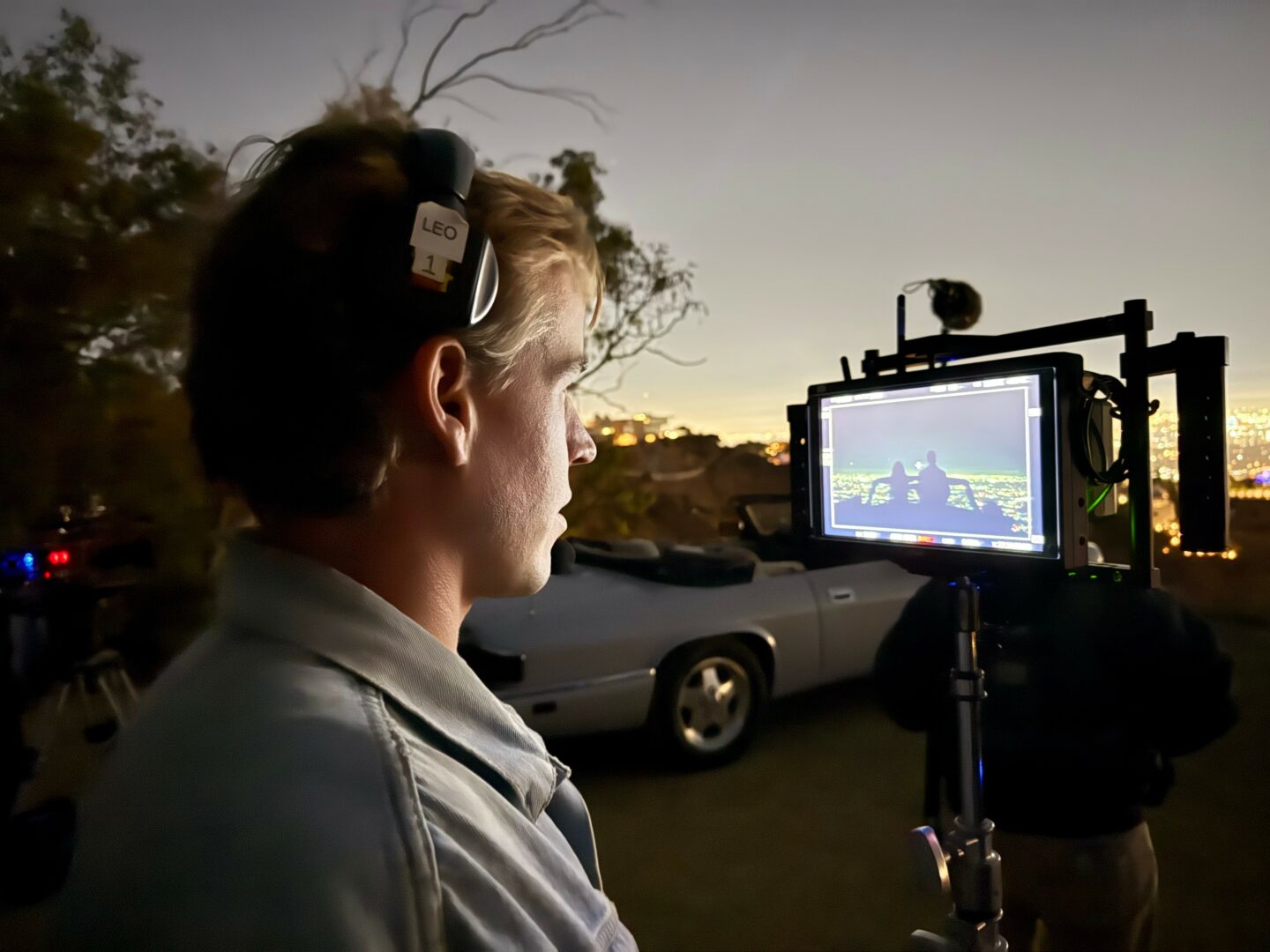


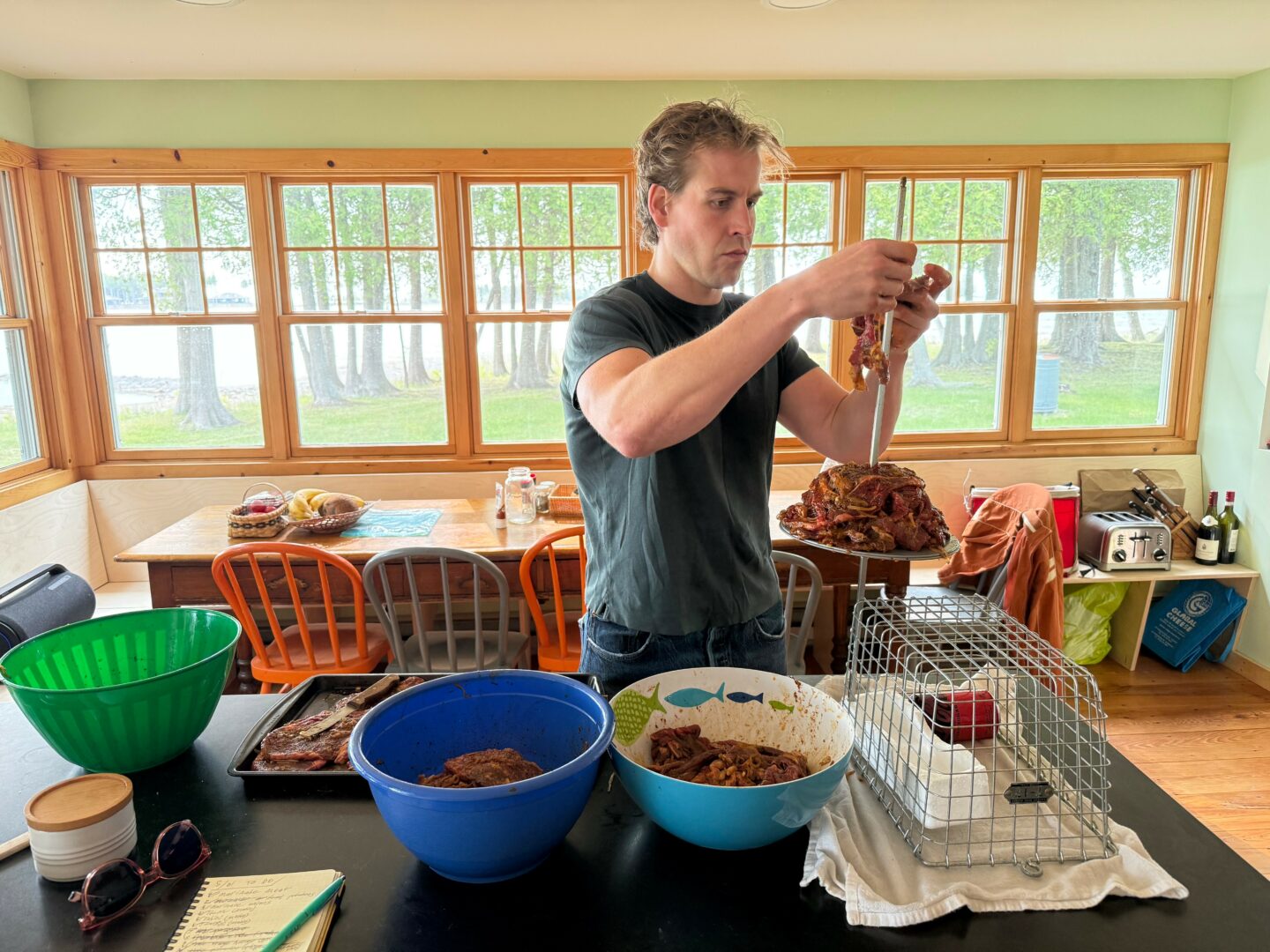
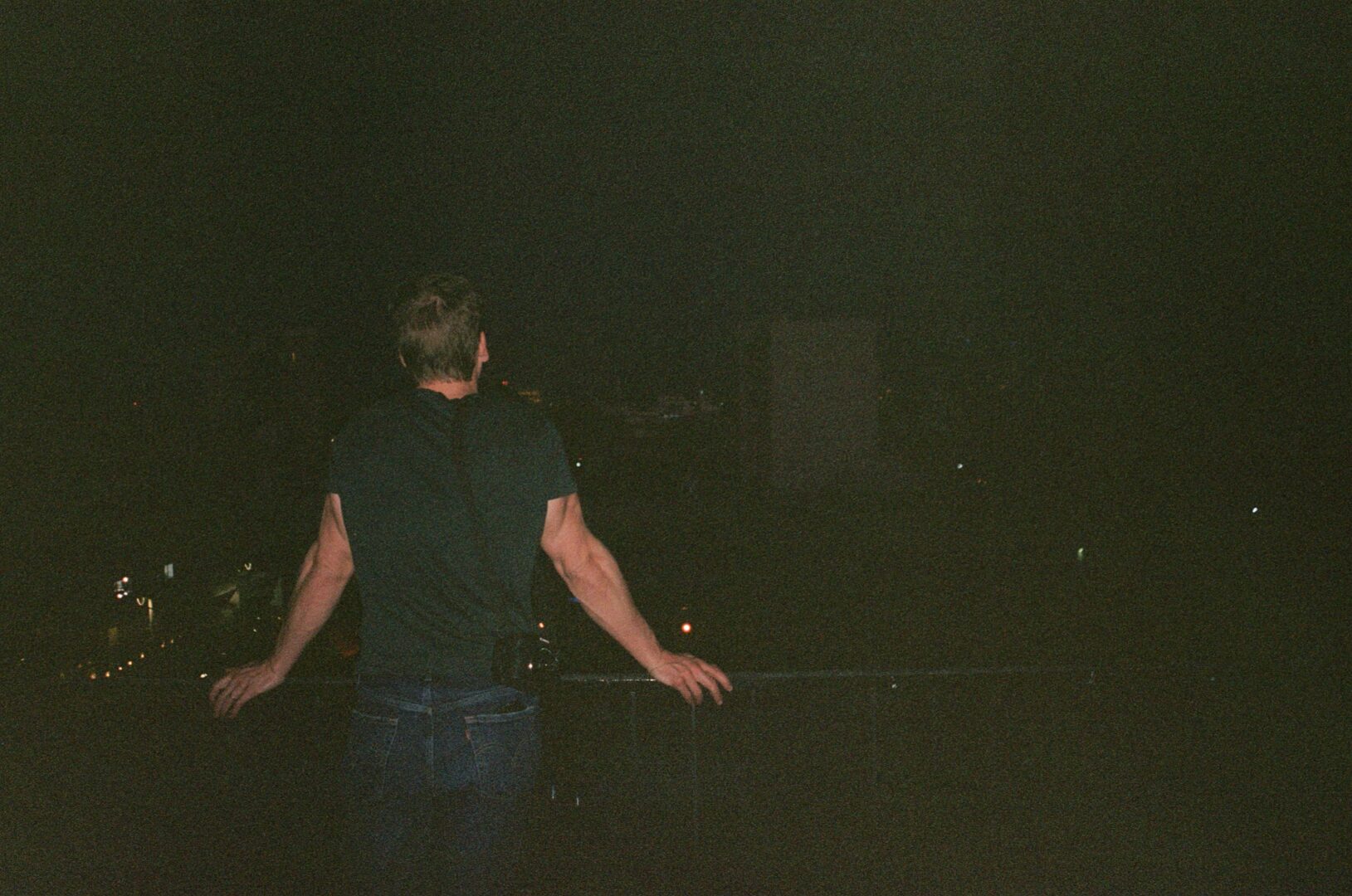

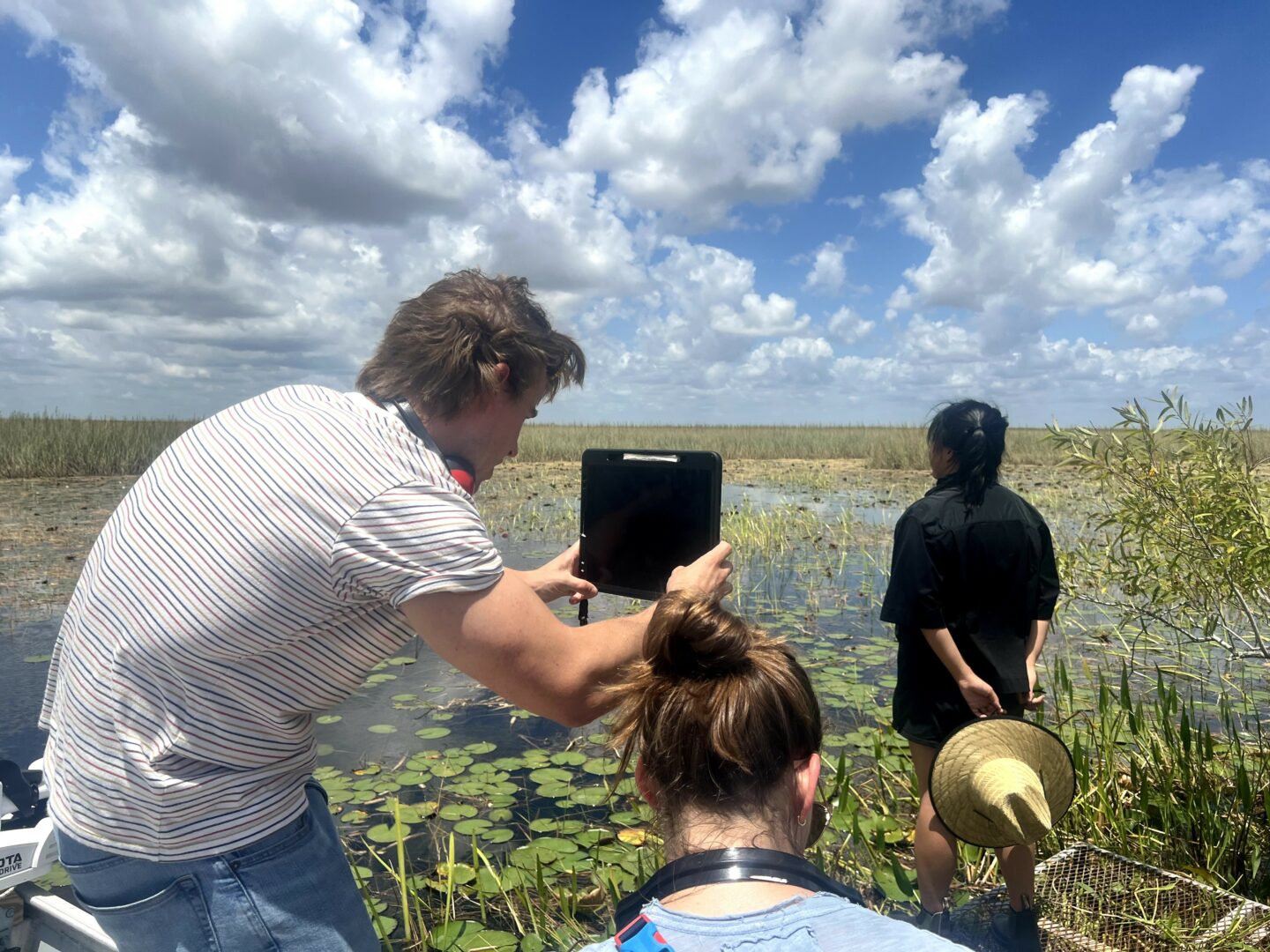
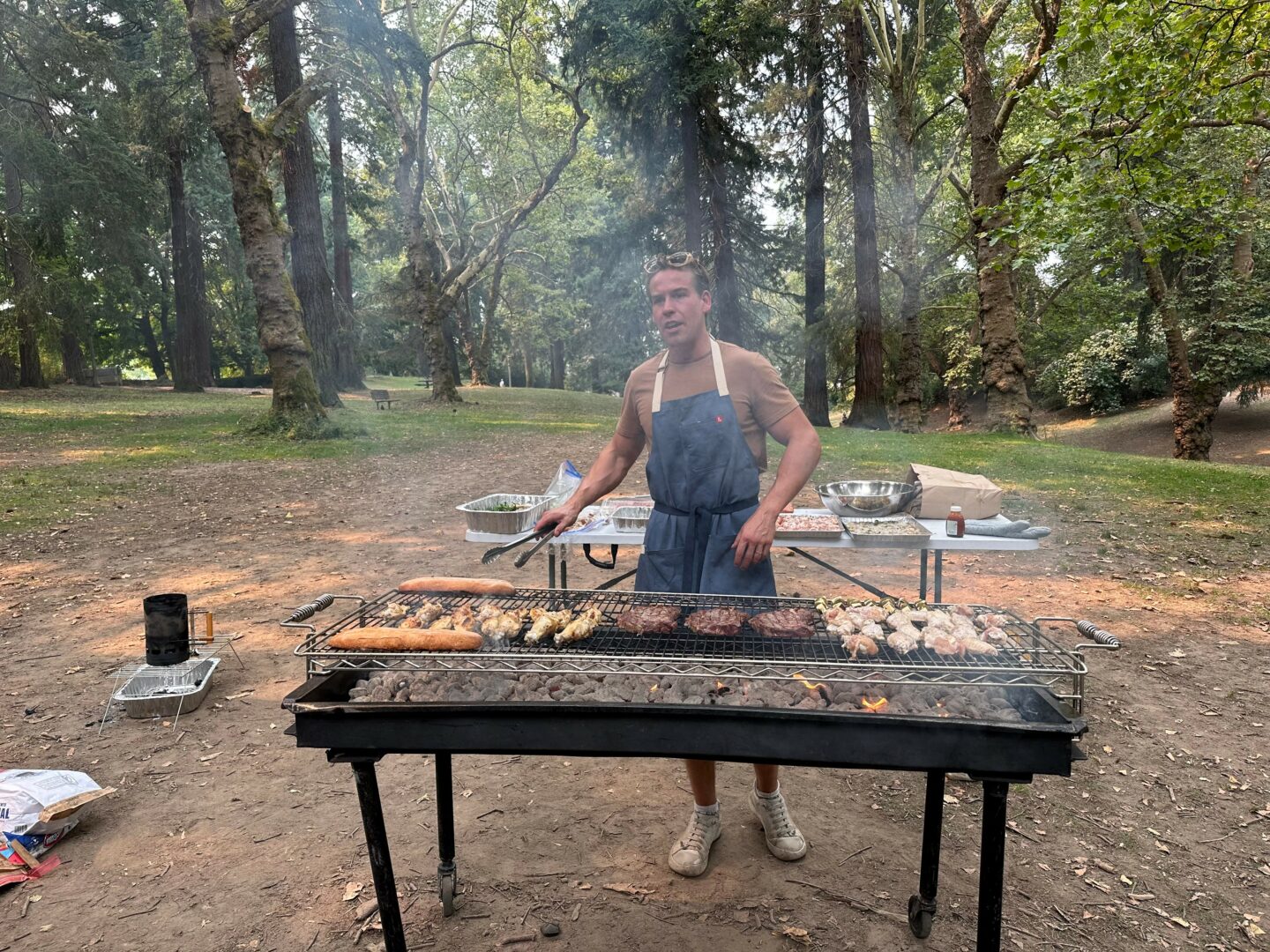

Image Credits
Image Credits:
Mary Kerrigan
Sawyer Purman
Sebastian Savino
so if you or someone you know deserves recognition please let us know here.

